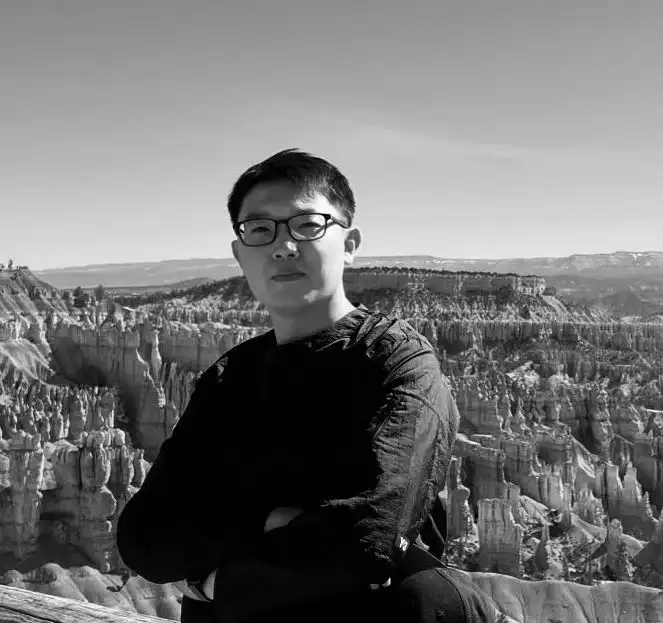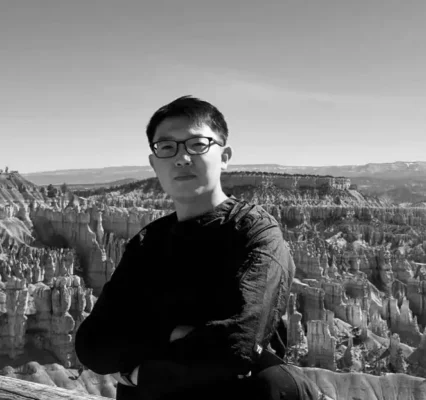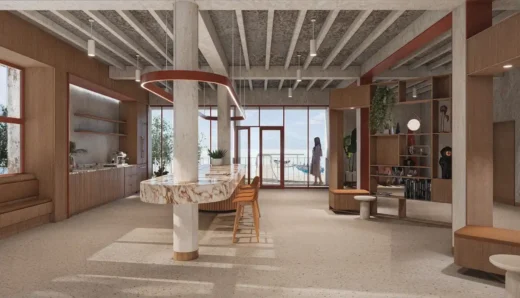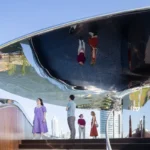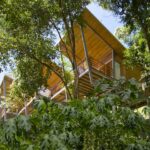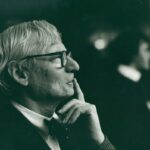Zhaoxiong Han on adaptive reuse and cultural continuity, Sustainable civic architectural designer
Zhaoxiong Han on Adaptive Reuse and Cultural Continuity
20 June 2025
Reclaiming Architecture: Zhaoxiong Han on Adaptive Reuse and Cultural Continuity
An Interview with Award-Winning Designer Zhaoxiong Han on Transforming the Past into Sustainable Civic Futures.
As global cities grapple with climate instability, overbuilt environments, and the fading of public memory, adaptive reuse has emerged as one of the most urgent architectural strategies of our time. Zhaoxiong Han, a Los Angeles–based designer, has positioned himself at the forefront of this shift—crafting thoughtful transformations of historic and underutilized sites into civic spaces of renewed relevance.
Recognized internationally with honors such as the iF Design Award, Red Dot, and IDA Gold, Han’s work demonstrates a consistent commitment to architectural continuity, low-impact reuse, and social resilience. His portfolio spans continents and scales, but centers on a key question: How can architecture sustain both people and memory in the contemporary city?
“Preservation isn’t about freezing a place in time,” Han says. “It’s about opening that place up to new forms of life, while respecting the cultural traces already embedded in it.”
A Civic Anchor from Industrial Ruin
The Transformed Repository – Interior View:
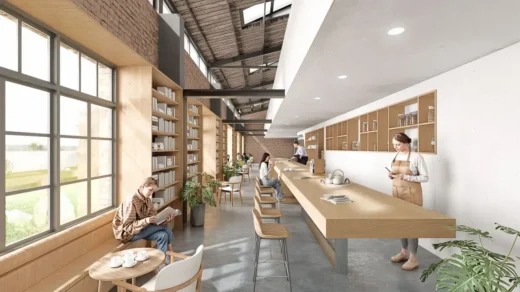
Han’s most widely recognized project is The Transformed Repository, a public library and cultural hub in Detroit housed within a former industrial warehouse. As lead designer, Han envisioned a new spatial core inserted into the preserved industrial envelope, forming a layered system of zones dedicated to reading, gathering, and exhibition.
The Transformed Repository – Axon Diagram:
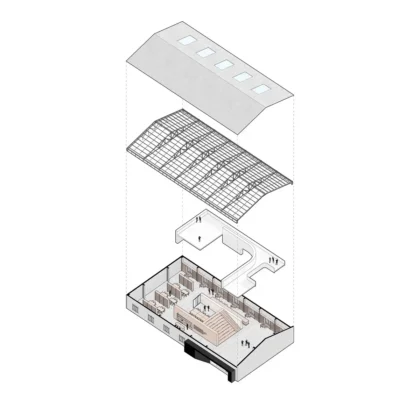
The design leverages passive ventilation through operable skylights and cross-breeze corridors, while strategically placed glazing maximizes natural light and minimizes energy use. The flexible layout allows for rotating community events and educational programs, positioning the building as both a cultural anchor and a catalyst for neighborhood revitalization. Internationally recognized for its architectural clarity and adaptive reuse strategy, the project sets a precedent for rethinking civic infrastructure in post-industrial contexts.
Reframing Heritage in Ohrid
In 2024, Han and his team were selected as the third-prize winner in an international competition addressing the revitalization of a modernist recreational complex along Lake Ohrid, North Macedonia. Their proposal, titled Ohrid Reframed, was later exhibited as part of The Way of Čipan, a commemorative exhibition honoring architect Boris Čipan. The design restructured the site through symbolic civic axes and contemporary spatial layering, offering a respectful reinterpretation of mid-20th-century Balkan modernism.
Han embedded his recurring themes of threshold, openness, and heritage reinterpretation into the project’s spatial and conceptual design.
Light-Touch Intervention in Siwa
In Egypt’s Siwa Oasis, Han co-led the design of the Siwa Oasis Performing and Heritage Exhibition Center—a context-sensitive intervention later known by its conceptual name Wall & String. The project introduced reversible, lightweight architectural elements into a culturally fragile site, minimizing disruption to the oasis’s vernacular fabric. Han proposed using locally sourced rammed earth both to repair existing walls and construct new structural inserts, maintaining material continuity with the past. Rusted metal panels were employed strategically to reinforce structural joints and form a visual dialogue with the earth tones, foregrounding a deliberate contrast between permanence and decay.
Open-air performance zones and tensioned string elements completed the ensemble, emphasizing non-invasive activation of heritage landscapes.
“The less you disturb the material, the more you hear the story it’s telling,” Han reflects.
Across his portfolio, Zhaoxiong Han has demonstrated not only design excellence, but also an intellectual clarity around the role of architecture as a civic and cultural mediator. His ability to operate at the intersection of reuse, sustainability, and public meaning positions him as a distinctive voice among a new generation of globally oriented designers.
Looking forward, Han plans to continue expanding his work in transforming overlooked civic and cultural infrastructure—especially in post-industrial or heritage-sensitive contexts—through adaptable, resource-conscious, and socially attuned architecture.
Comments on this guide to Zhaoxiong Han on adaptive reuse and cultural continuity article are welcome.
Architecture
Recently added Building posts
How biophilic architecture is bringing nature indoors
Managing outdoor space maintenance in school settings
Sustainable property management
Workspace Building Design
Comments / photos for the Zhaoxiong Han on adaptive reuse and cultural continuity page welcome.

